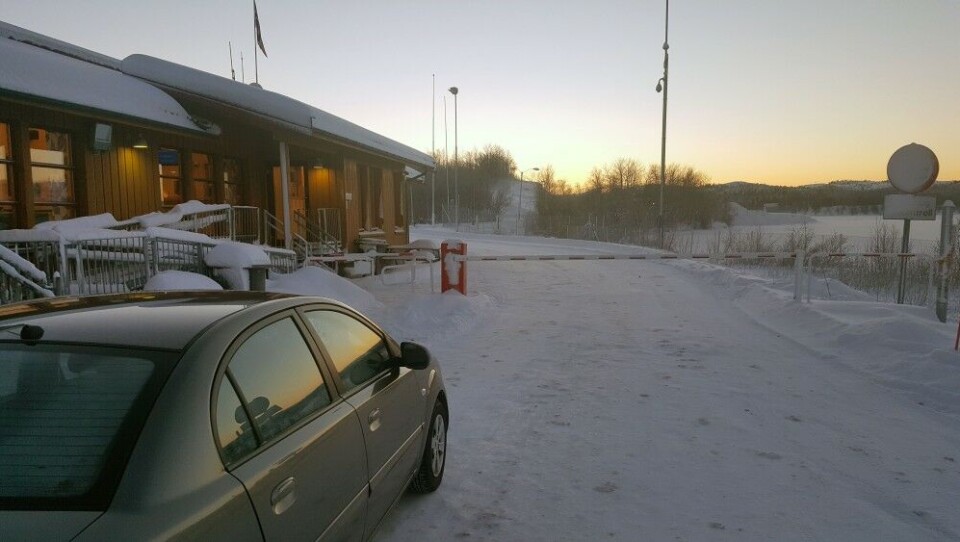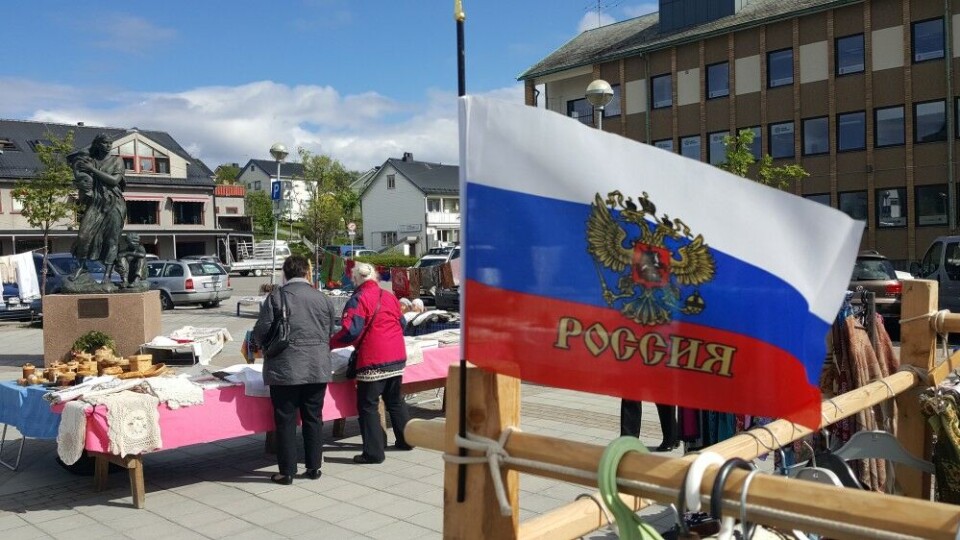
Border crossings at 25-year low
Not surprisingly in a year dominated by pandemic, the number of people crossing the Russian-Norwegian border was down 77% in 2020.
It started up 16% in January with 21,880 border crossings at Storskog and Borisoglebsk, the checkpoints between the two countries. February followed with 21,753, almost 25 percent up from the same month in 2019.
Alarm bells for a possible spread of COVID-19 up north were triggered in early March when Governor of Murmansk, Andrey Chibis, urged the region’s inhabitants to refrain from traveling to the neighboring countries, that be Norway and Finland.
A few days later, Norway introduced lock-down and the border has since then seen very few travelers. Mainly truck-drivers and crew on Russian fishing vessels at port in Kirkenes or other harbors in northern Norway.
In the ten-month period from March to December, only 17,525 people crossed the border, bringing the year-end number up to a record low of 61,161. In December alone, the traffic decreased by 95%, says border controller at Storskog, Katrine Beddari, in an email to the Barents Observer.
Not since 1993 and 1994 have so few people crossed the Norwegian-Russian land-border, nowadays also Schengen’s northernmost border with Russia.
During the Cold War, Norway’s border with the Soviet Union had a few hundred people traveling back-and-forth every year. It started to increase in the late 1980ies as more Norwegians got interested in their eastern neighbors. In 1990, more than 8,000 border crossings took place, as Kremlin started to lift restrictions for its own people to travel abroad.
In 1992, the first year after the collapse of the Soviet Union, more than 80,000 border crossers were counted, of which 60,000 came from the Russian side. With Norway imposing restrictions on Russian street traders in 1993, the number of border crossers was halved that year.
Since then, the number has claimed steadily until 2014 and 2015, when Moscow’s annexation of Crimea was followed by a collapse in the value of the ruble, making a hard hit for people in the Murmansk region traveling to the Norwegian border town of Kirkenes shopping.

















